How To Get Rejected Workers' Comp e-Bills Paid
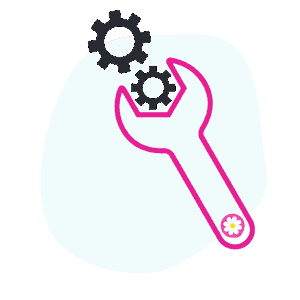
Electronic billing works beautifully for workers’ comp. Providers get paid much faster, and without the hassle of mailing bills for the treatment of injured workers.
However, all providers who e-bill know the headache of an improperly rejected e-bill.
An improper e-bill rejection by the claims administrator (or, in most cases, the claims administrator’s clearinghouse) leaves the provider in a quandary: “How do I get my bill paid?” Do I resend the e-bill? Do I print a paper bill and fax or mail it?
In 2022, daisyBill providers submitted over 1.6 million California medical e-bills. Of those, clearinghouses rejected 4.8% (79,075) of e-bills. Of those rejected e-bills, 92% were erroneous rejections. That means daisyBill providers received 72,756 improper e-bill rejections.
Fortunately, those providers did not struggle to get those e-bills to the claims administrator — because our technology automatically “scrubs” every rejection and automatically resubmits rejected e-bills via an alternative delivery method.
Making workers’ comp easier for providers requires technology that addresses claims administrator e-billing errors. Read on to learn how erroneous workers’ comp e-bill rejections occur and, more importantly, how to solve this problem and get these bills paid.
How daisyBill Technology Manages Rejected e-Bills
Since 92% of e-bill rejections over the course of a year were erroneous, we developed proprietary technology that resolves most of those rejections automatically — no provider intervention is required.
The system works as follows:
- When a clearinghouse rejects an e-bill, daisyBill automatically searches our entire database of over 11 million workers’ comp bills to determine whether the claims administrator has paid prior bills with the same injury information and claim number.
- If the database search locates a prior payment for the injury claim, daisyBill knows the claims administrator is financially responsible for the rejected e-bill and that the clearinghouse erroneously rejected the e-bill.
- daisyBill automatically resubmits the erroneously rejected bill via facsimile or email, bypassing the clearinghouse responsible for the rejection.
In short, it is never our clients’ responsibility to manage improperly rejected e-bills.
If the database search does not locate a prior payment for the injury claim (which occurs for approximately 8% of rejected e-bills), daisyBill generates a ‘Rejected Bill Task’ with instructions on how the provider’s staff can correct the billing information that caused the rejection.
Watch the 4-minute video below, which shows how easy it is for daisyBillers to complete the Rejected Bill Tasks.
e-Bill Rejections Explained
Almost all claims administrators (insurers, Third-Party Administrators (TPAs), and self-insured employers) hire a clearinghouse to manage the e-bills sent by workers’ comp providers.
Upon receipt of an e-bill, the clearinghouse sends the provider the required ‘277 Acknowledgement’ (277 ACK), an electronic receipt that tells the provider that the clearinghouse either:
- Accepted and forwarded the e-bill to the claims administrator for payment, or
- Rejected the e-bill and did not forward it to the claims administrator
A claims administrator cannot pay for a rejected e-bill because they never received it from their clearinghouse.
According to the California Division of Workers’ Compensation (DWC) Medical Billing and Payment Guide, there are seven permissible reasons for a clearinghouse to reject an e-bill:
- Invalid Form or Format
- Missing Information
- Invalid Data
- Missing Attachments
- Missing Required Documents
- Injured Workers’ Claim of Injury is Denied
- No Coverage by the Claims Administrator
Of the seven allowable rejection reasons listed above, the first five never apply to e-bills submitted by daisyBill providers.
daisyBill only submits e-bills in the mandated X12 837 file format, with the required information and attachments. daisyBill also automatically prompts the provider to upload required medical documents before sending an e-bill and includes unique “attachment control numbers'' to associate each e-bill with its corresponding documents.
From a technical standpoint, our e-bills are bulletproof.
Of course, that leaves the non-technical rejection reasons: 6) a denied claim or 7) lack of coverage by the claims administrator. Yet our data demonstrate that when clearinghouses reject e-bills for one of those reasons, it’s usually in error; 92% of the time, our records prove that the claims administrator did not deny the claim and did cover the injury.
That’s where our automated technology goes to work, ensuring the bill is delivered successfully, with little or no intervention by the provider or their staff.
We understand that complications and errors happen on both ends of the billing and payment equation. That acknowledged, a 92% collective rate of erroneous e-bill rejection by claims administrators and their clearinghouses makes workers’ comp e-billing incredibly hard to manage for providers.
Therefore, we had no choice but to create systems to help providers out of the difficulties created by payers.
Don’t worry about rejected e-bills — that’s our job. Request a free demonstration, and see how we make sure each bill gets where it’s going.
REQUEST DEMO
DaisyBill provides content as an insightful service to its readers and clients. It does not offer legal advice and cannot guarantee the accuracy or suitability of its content for a particular purpose.
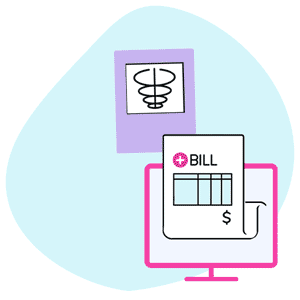
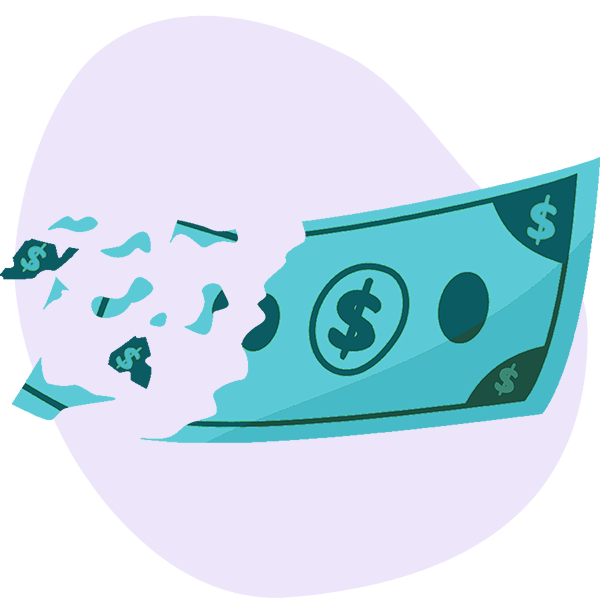
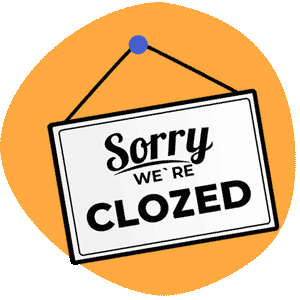

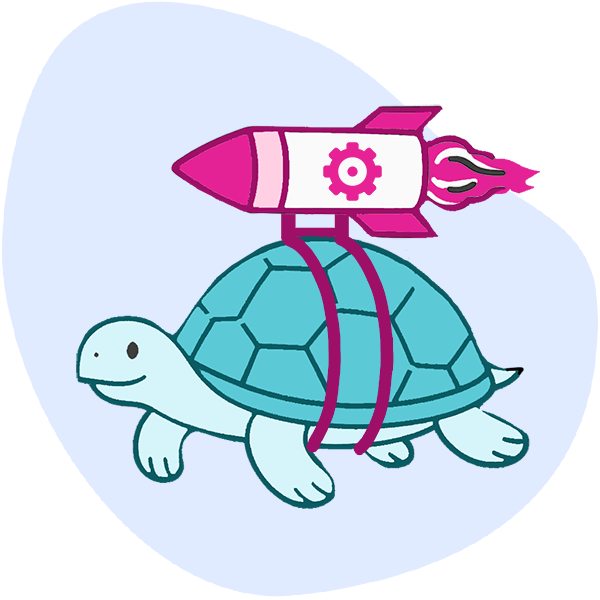
.png)